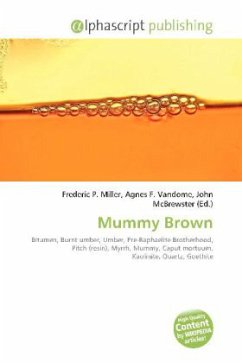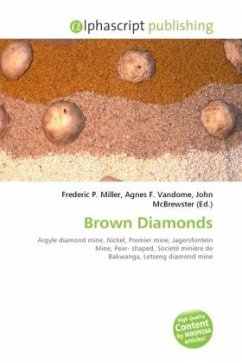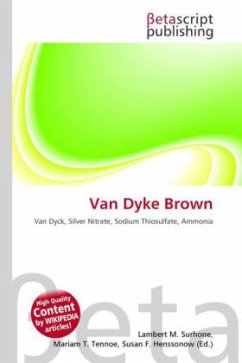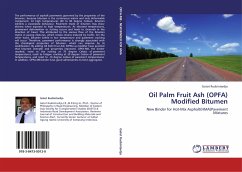Please note that the content of this book primarily consists of articles available from Wikipedia or other free sources online. Mummy brown was a rich brown bituminous pigment, intermediate in tint between burnt umber and raw umber, which was one of the favorite colors of the Pre-Raphaelites. Mummy brown was originally made in the 16th and 17th centuries from white pitch, myrrh, and the ground-up remains of Egyptian mummies, both human and feline, one London colourman claiming that he could satisfy the demands of his customers for twenty years from one Egyptian mummy. It fell from popularity in the early 19th century when its composition became generally known to artists. It was also considered extremely variable in its composition and quality, and since it contained ammonia and particles of fat, was likely to affect other colours that it was used with. Mummy brown was produced up into the 20th century until the supply of available mummies gave out.
Bitte wählen Sie Ihr Anliegen aus.
Rechnungen
Retourenschein anfordern
Bestellstatus
Storno








